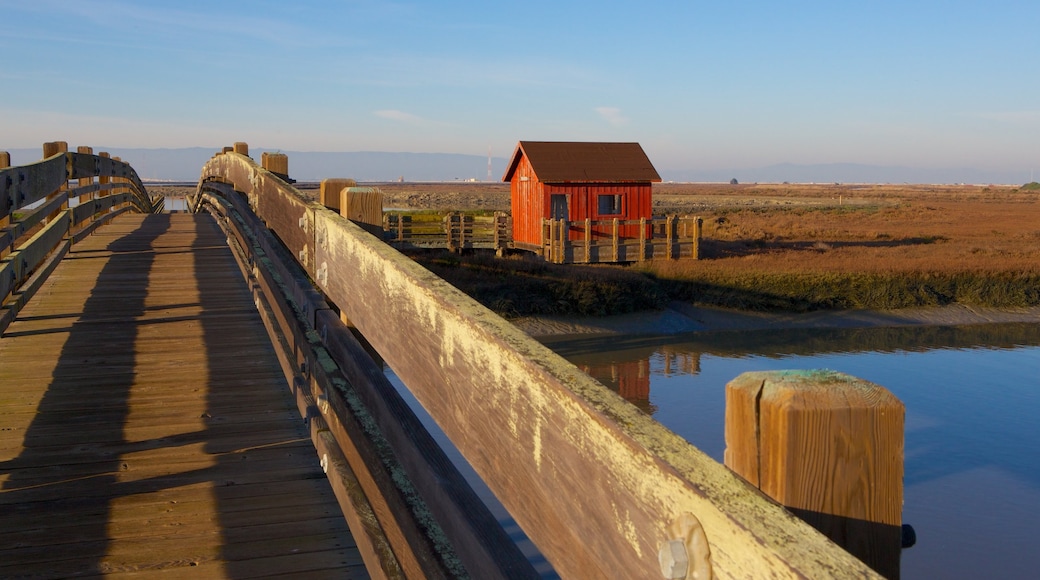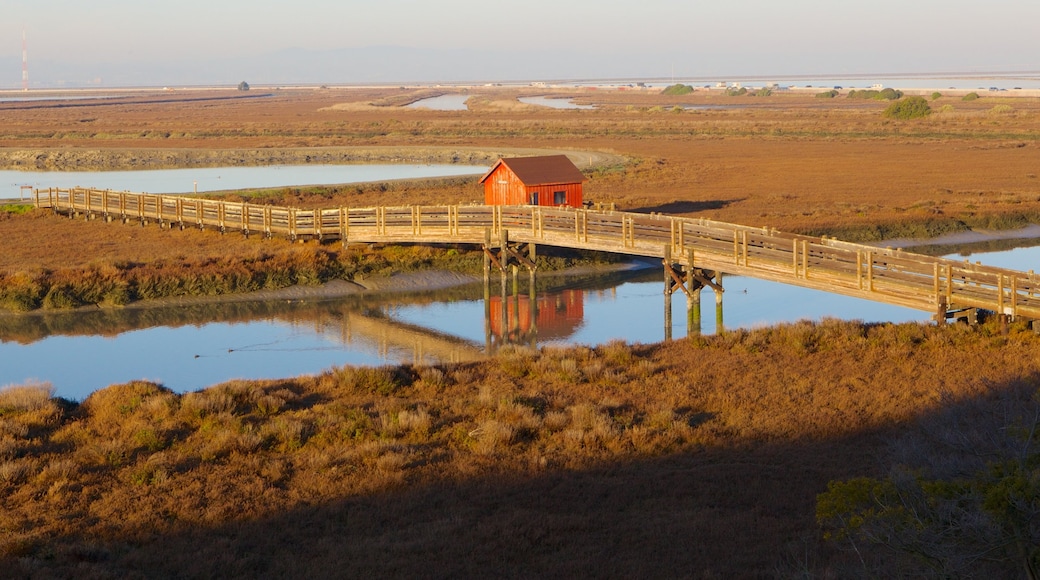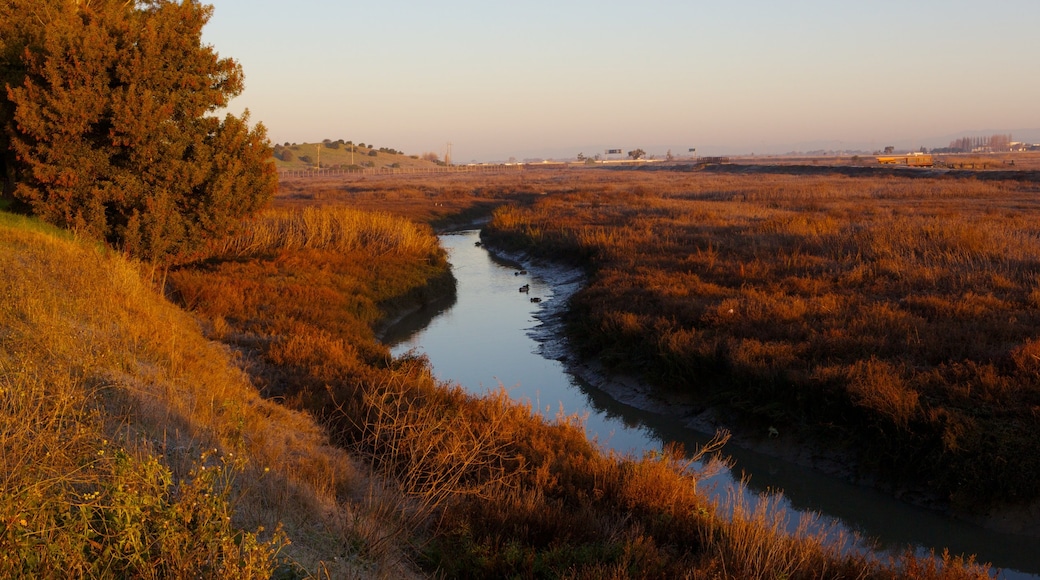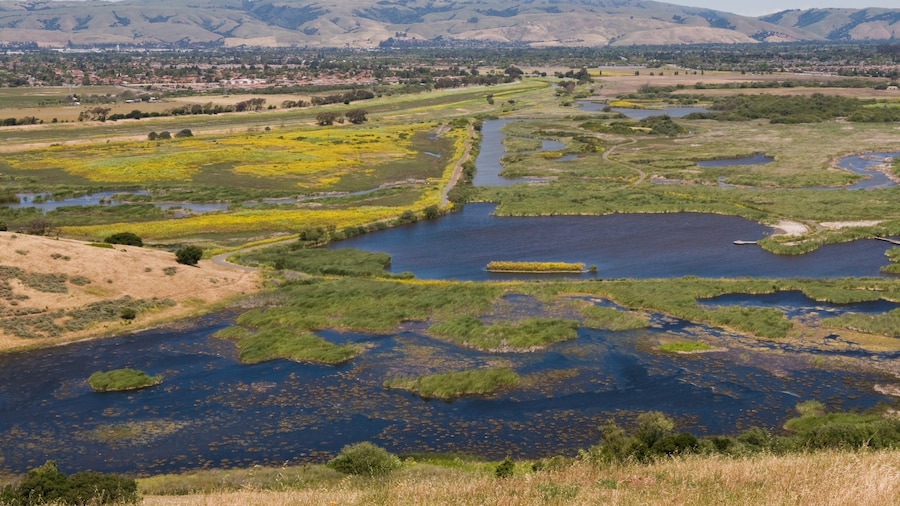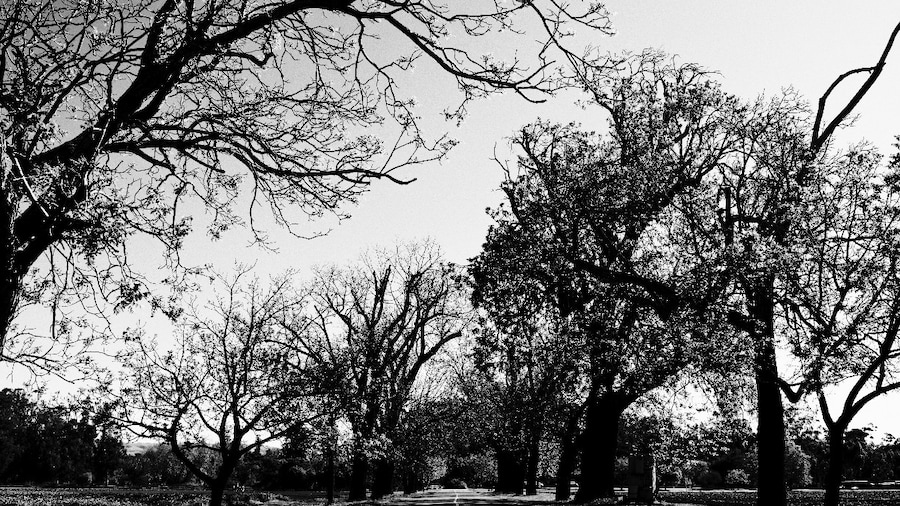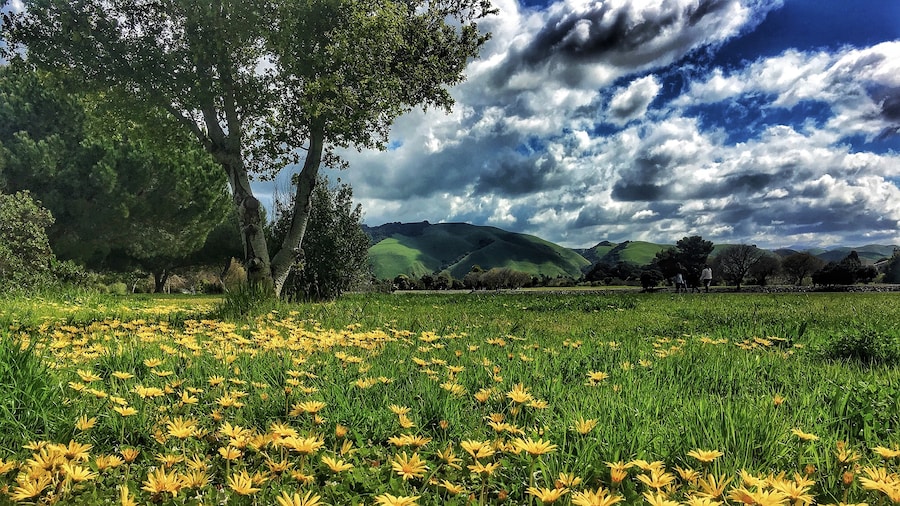Explore one of America's largest wildlife habitats' bay waters, mudflats and salt marshes.
Nearly 700,000 people visit the refuge each year, but thanks to the 48 kilometres of walking tracks spread over a 12,140-hectare site, the refuge never feels crowded. More than 200 species of local and migratory birds call the area home, including protected species such as the California clapper rail bird and the California brown pelican.Located in south San Francisco Bay, the island consists primarily of tidal marshland, salt ponds, mud flats and seasonal wetlands. The gravelled tracks that criss-cross the refuge allow visitors to study the birds in peace, and there are many benches and shaded areas where you can base yourself. For the best sightings, it's of course advisable to bring binoculars and telephoto lenses.Aside from the birds that call the refuge home, in winter, waterfowl make extensive use of the area, with around 45,000-75,000 visiting each winter. Apart from the birds, also look out for animals such as the endangered salt marsh harvest mouse, lizards and harbour seals.The refuge also includes Dumbarton Fishing Pier which is a popular fishing spot for rays, leopards sharks, bass, sturgeon and leopard sharks. Keen anglers can have a go, but do check with local fishing regulations before taking anything home.The visitor centre in nearby Fremont contains exhibits on the wildlife and history of the refuge. Visitors can also find information booklets and a book shop at the centre which is open from Tuesday to Sunday from 10 am to 5 pm.The Don Edwards San Francisco Bay National Wildlife Refuge is open daily and admission is free. There is very limited public transport so it's easiest to drive (it takes around 20 minutes from San Jose) and parking is easy and reasonably priced.
